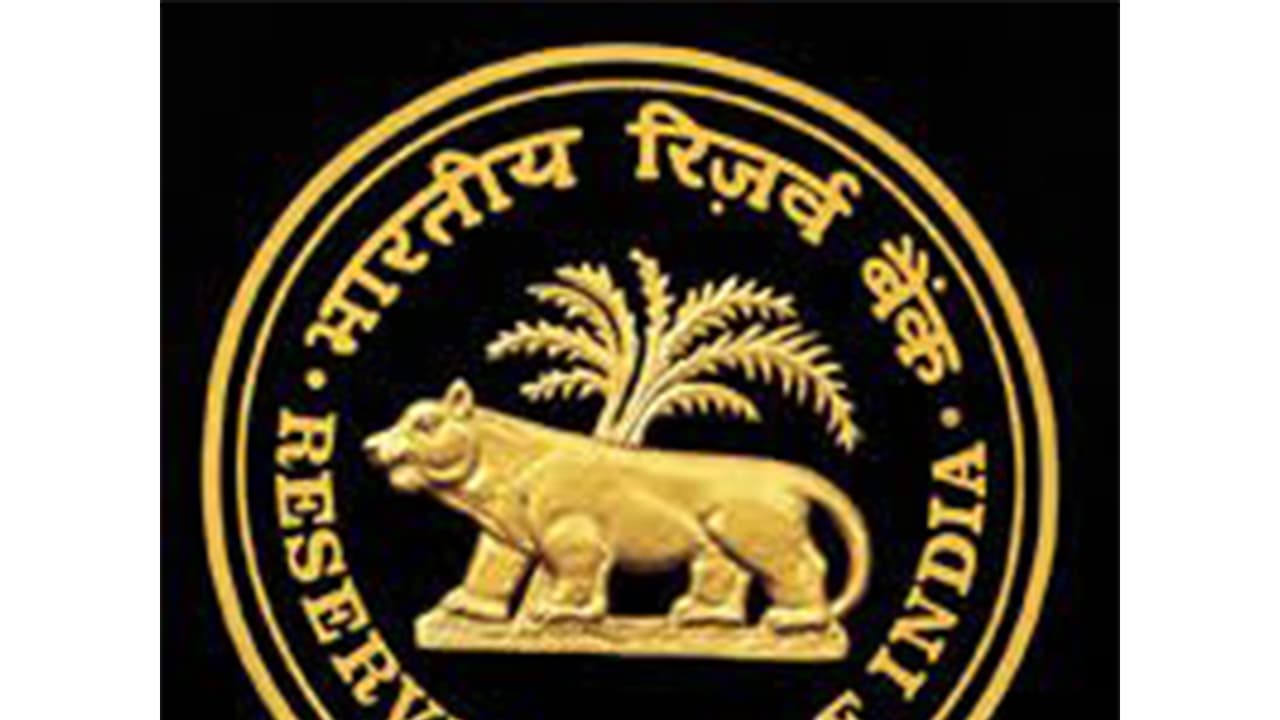India’s forex reserves declined by USD 5.623 billion to USD 689.733 billion in the week ending Oct 31, due to a slump in foreign currency assets and gold reserves. Despite the drop, the reserves remain close to their all-time high, says RBI.
India’s foreign exchange reserves declined by USD 5.623 billion in the week that ended October 31 to USD 689.733 billion, driven by a slump in both foreign currency assets and gold reserves, the Reserve Bank of India’s latest ‘Weekly Statistical Supplement’ data showed.
Forex Kitty Nears All-Time High Despite Dip
Over the past month, the forex kitty has been in a downtrend, except for one week. Still, the country’s foreign exchange (forex) kitty is hovering close to its all-time high of USD 704.89 billion, reached in September 2024.
Component-wise Breakdown
For the reported week (that ended October 31), India’s foreign currency assets (FCA), the largest component of foreign exchange reserves, stood at USD 564.591 billion, down USD 1.957 billion.
The RBI data showed that gold reserves currently stand at USD 101.726 billion, down USD 3.810 billion from the previous week.
The price of the safe-haven asset gold has been on a sharp uptrend over recent months, perhaps amid heightened global uncertainties and robust investment demand.
RBI Maintains Confident Stance
After the latest monetary policy review meeting, RBI Governor Sanjay Malhotra had said the foreign exchange reserves were sufficient to cover more than 11 months of merchandise imports.
Overall, India’s external sector continues to be resilient, and the RBI remains confident of meeting its external obligations comfortably.
Historical Forex Trends
In 2023, India added around USD 58 billion to its foreign exchange reserves, contrasting with a cumulative decline of USD 71 billion in 2022.
In 2024, the reserves rose by a little over USD 20 billion. So far in 2025, the forex kitty has cumulatively increased by about USD 40 billion, data showed.
RBI’s Role and Strategy
Foreign exchange reserves, or FX reserves, are assets held by a nation’s central bank or monetary authority, primarily in reserve currencies such as the US dollar, with smaller portions in the Euro, Japanese Yen, and Pound Sterling.
The RBI often intervenes by managing liquidity, including selling dollars, to prevent steep depreciation of the rupee. The RBI strategically buys dollars when the Rupee is strong and sells when it weakens. (ANI)
(Except for the headline, this story has not been edited by Asianet Newsable English staff and is published from a syndicated feed.)
